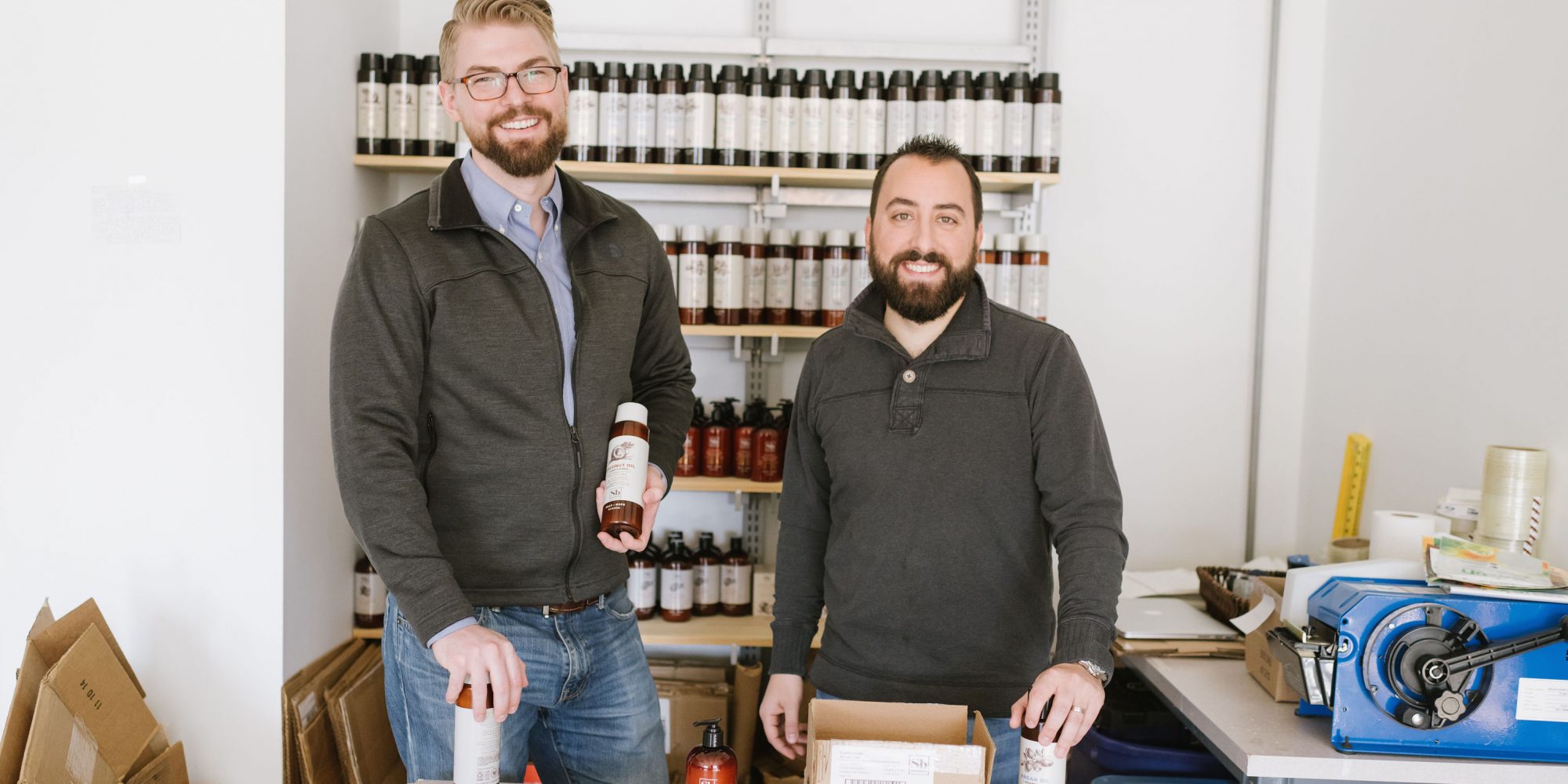
Unprecedented Hand Sanitizer Demand Pushes Soapbox’s Production From 160K To 7M Units
For 18 months, Soapbox had been fruitlessly trying to convince Starbucks to bring its hand soaps into the coffeehouse chain’s locations.
In February, the personal care brand caught a major break. It had the ability to produce hand sanitizers, and Starbucks wanted them for its global operations in China, where the coronavirus was spreading. A month later, as it became clear the disease was gaining worldwide, the company asked Soapbox to supply hand sanitizers to its business in the United States.
Since early March, Soapbox has produced 7 million units of hand sanitizers—and co-founder and CEO David Simnick predicts it will produce much more. In a typical pre-pandemic month, the brand reeled out 160,000 units across its assortment. In addition to Starbucks, Soapbox is distributing hand sanitizers to a 13,000-door retail network that includes Walgreens, Wegmans, Rite Aid, Harris-Teeter, Giant, Stop & Shop and Martins.
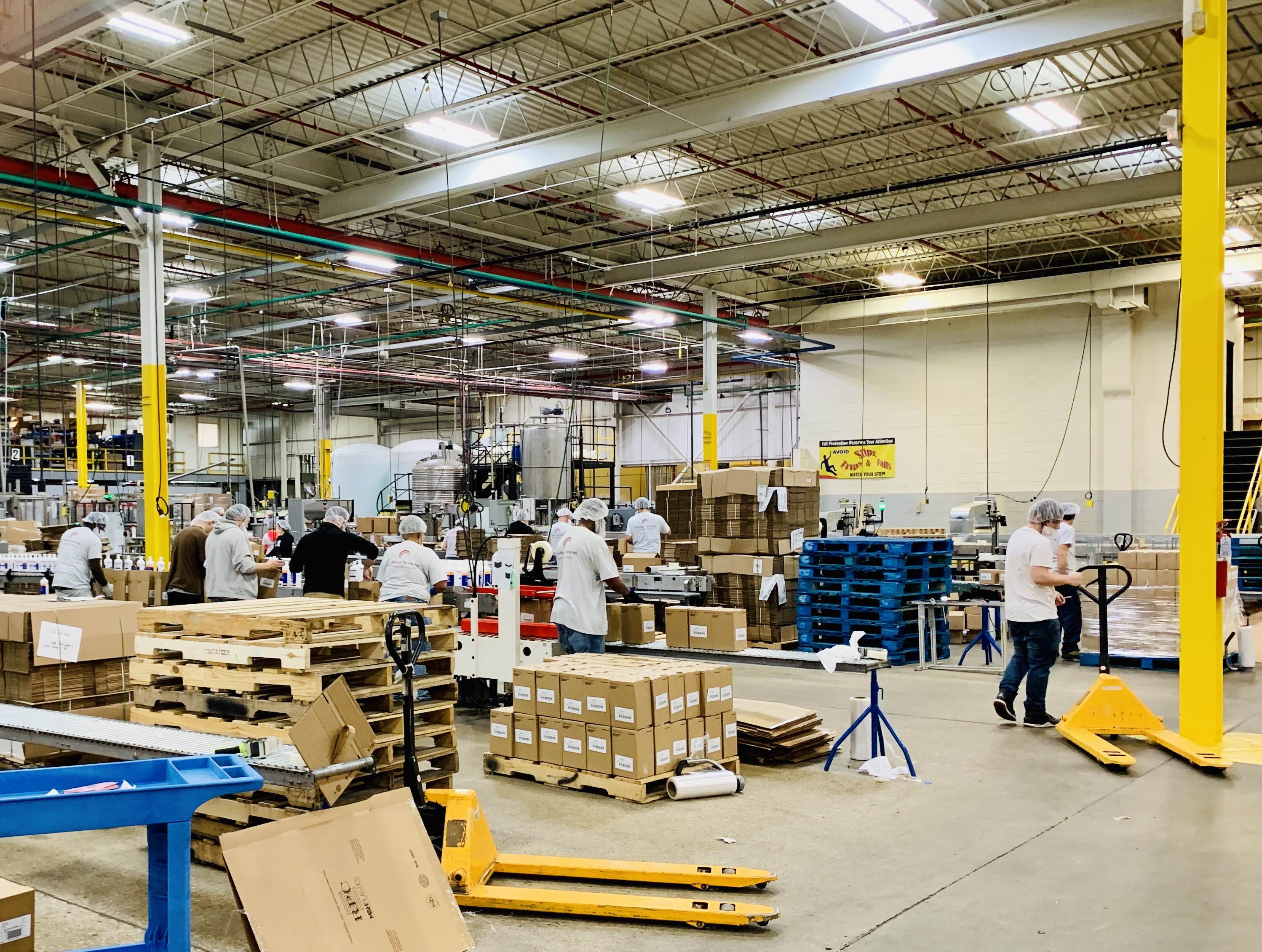
“We had a call with Wegmans, which already had a pretty significant order of hand soap, and we mentioned that we also now make hand sanitizer, and they were like, ‘Oh, that’s great. We’ll take a million units,’” recounts Simnick. “And we were like, ‘Wait, excuse me?’ Within 24 hours, we were very much in the hand sanitizer game.”
The calls keep rolling in. In order to transport its hand sanitizers, Soapbox purchased 23 semi-tanker trucks before upping its semi-tanker truck fleet to 63. The brand churns out merchandise at four U.S. manufacturing facilities today, up from one prior to pandemic. Simnick says, “My whole team hasn’t slept for a month-plus.”
“Because we’re a little speedboat, we’ve been able to dart around and solve problems before they become problems.”
Soapbox has entered an opening in the market that occurred when huge hand sanitizer players Gojo, maker of Purrell, and Vi-Jon, maker of Germ-X, were overwhelmed by demand from retailers as well as hospitals and governments. It’s certainly not the only indie brand that’s benefited from the hand sanitizer rush. Touchland’s sales skyrocketed 2,194% in the first quarter of this year from the same period a year ago, and it’s amassed a waitlist of 34,000 customers. Olika’s sales ballooned 420% in the first quarter.
Simnick says, “We’re going up against P&G, Colgate-Palmolive, L’Oréal and Johnson & Johnson, these gigantic aircraft carriers, and it has been a blessing that, because we’re a little speedboat, we’ve been able to dart around and solve problems before they become problems.”
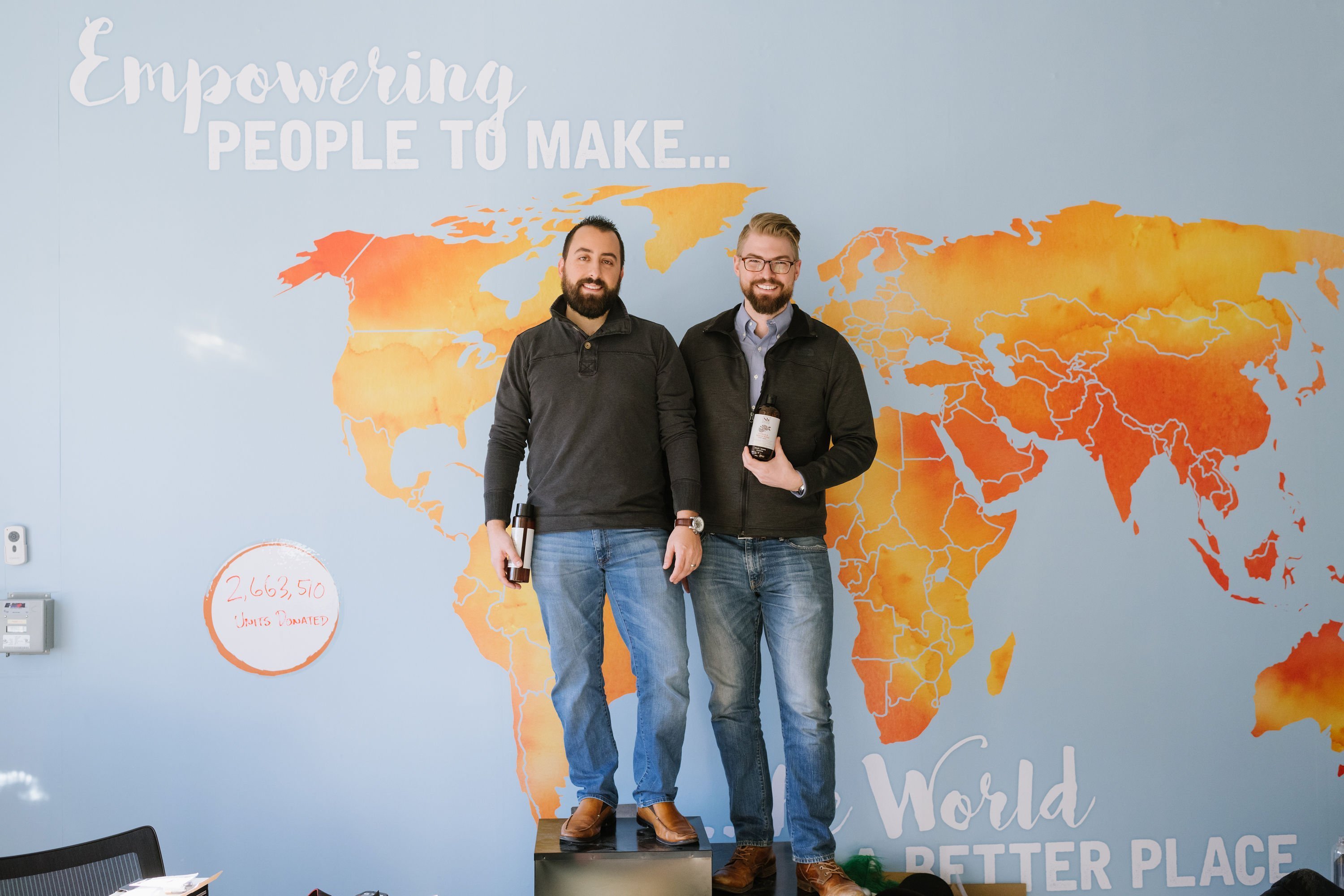
A critical problem has been shortages of the building blocks of hand sanitizer products such as pumps and alcohol. “There’s an everything shortage right now,” says Simnick. “With one of our facilities, they lost their supply of ethyl alcohol, and we more or less did their sourcing and found more. With another one of our facilities, their cap supplier sold all their caps without their knowing, so the amazing [Soapbox COO] Dan Doll went out and found more.”
Soapbox has long been preaching about the importance good hygiene. Simnick initially whipped up a batch of soap while he was a student at American University. He started Soapbox a decade ago with a one-for-one giving model à la Toms. The brand donates a bar of soap for every bar of soap or hand sanitizer purchased to underserved communities and has donated more than 10 million bars to charities around the globe.
“If there ever was a time for a mission-driven personal care company whose mission is to advance health and hygiene for those in need to stand up amidst this crisis, it is now.”
“If there ever was a time for a mission-driven personal care company whose mission is to advance health and hygiene for those in need to stand up amidst this crisis, it is now,” says Simnick, adding, “Our goals during this crisis were: How do we serve our community, how do we serve our nation and, then, how do we use this opportunity to propel both of our brands to do more good?”
Asked about Soapbox’s revenue, Simnick responds, “We’re a double digit million-dollar company, and we’re growing by 10 times this year.” He expects hand sanitizer sales to continue to increase as hand sanitizers become as commonplace in most public and private spaces. Soapbox is hiring to support its expansion as many companies are shrinking. It’s looking for a bookkeeper, controller, salesperson, and forecast and demand planner to join its team in Washington, D.C.
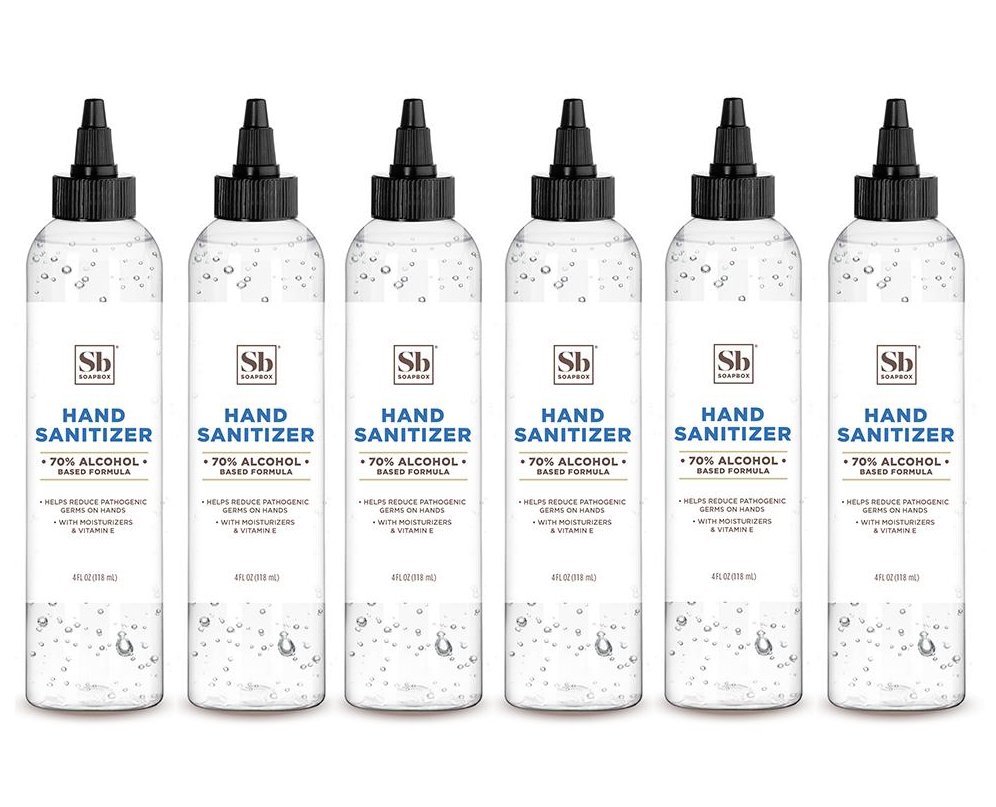
Simnick and Doll own a hot sauce and honey brand called Bushwick Kitchen, too, and it’s not lost on them that their two brands may share space on the dining table in the adjusted normal. Simnick says, “We’re being pulled into places that are really new and unique for us. For example, we’re going to be helping some restaurants with hand sanitizers. So, on the table, you’re going to have salt, pepper and a hand sanitizer—and that’s crazy!”
Coffee and hand sanitizer are already an emerging combo. After Soapbox agreed to fulfill Starbucks’ hand sanitizer order on short notice, the company sent the brand two master cases of coffee, which was extremely well-received in the Soapbox headquarters, earning Simnick the nickname “chief caffeine officer.” Is the title pithy to get him on a podcast recounting his brand’s hand sanitizer surge? “I would love to have Dan and I be on How I Built This,” says Simnick, referring to the NPR podcast by Guy Raz. “That would be a dream come true.”

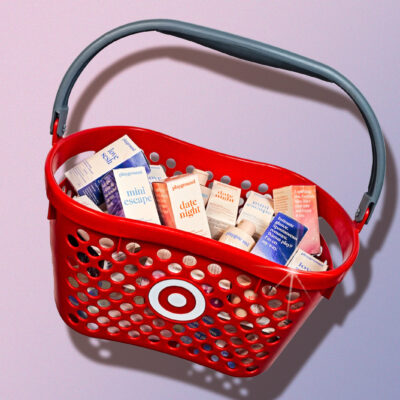

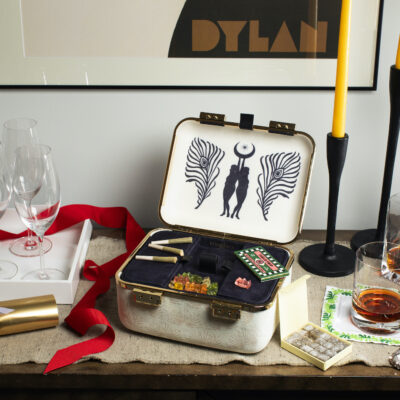
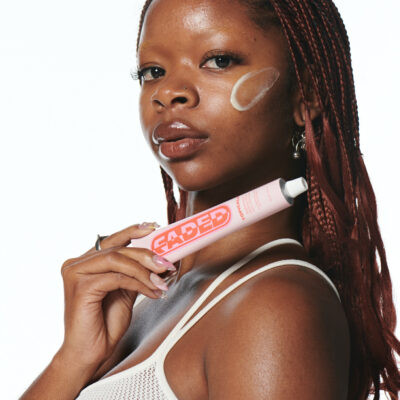
Leave a Reply
You must be logged in to post a comment.